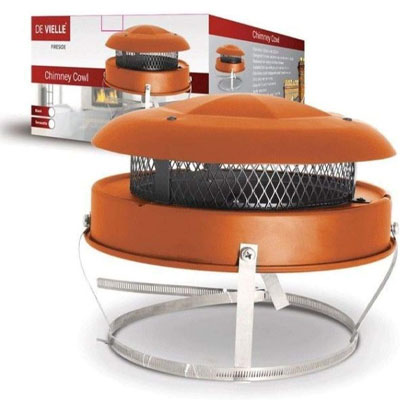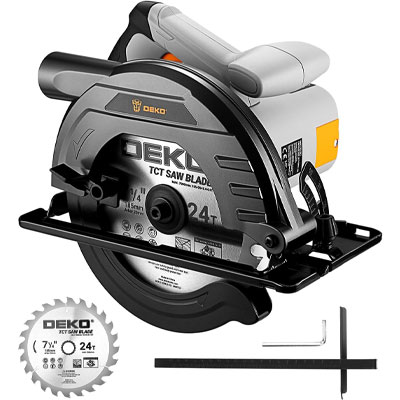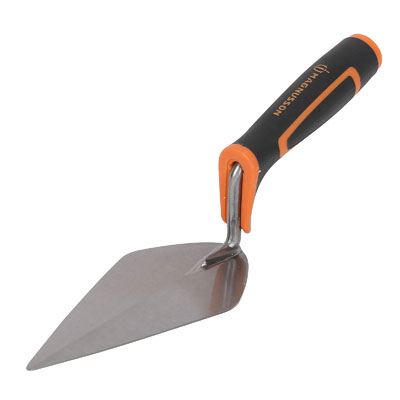Your four-step guide to blocking up a fireplace for a flawless finish
Whether you want to keep out draughts or have exciting new plans for your chimney breast, our guide to blocking up a fireplace explains everything you need to know
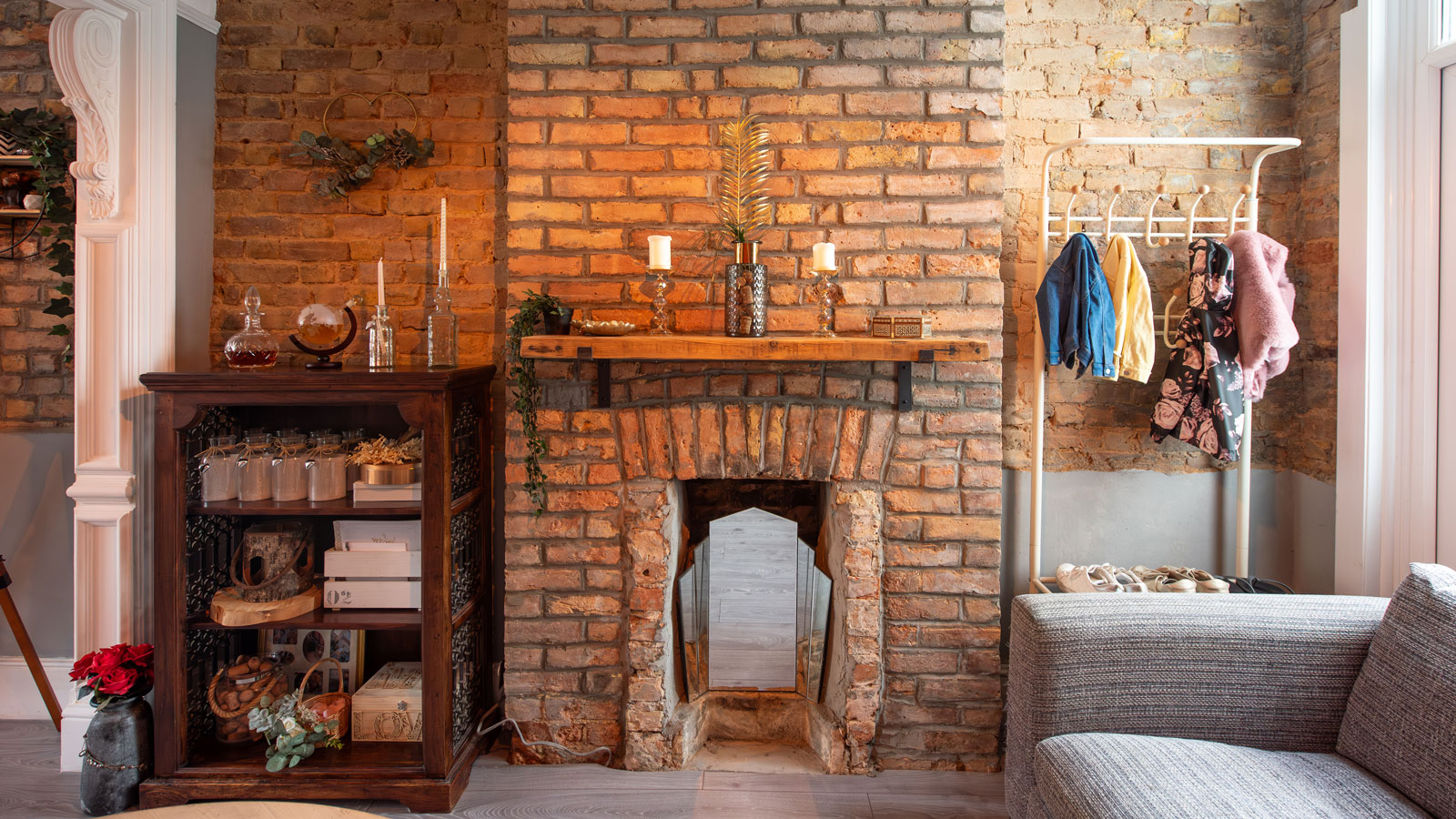
The most common reason for blocking up a fireplace is to tidy up an old opening, left from the removal of an old fireplace and its surround.
While there are plenty of beautiful fireplace ideas out there to suit all kinds of interior schemes, in some cases it makes more sense to create a flush finish instead. In some cases, just partially blocking up a fireplace opening can be required where a new type of fire is being installed.
Whatever your reasons for blocking up a fireplace might be, our simple-to-follow guide is here to explain everything you need to know in order to get the job done, for a flawless final finish.
Is blocking up a fireplace a good idea?
With so many beautiful empty fireplace ideas to choose from, you might well be wondering why anyone would go to the trouble of blocking up a fireplace. However, there are several reasons why some homeowners choose to tackle the task, largely based around solving the issue of heat loss caused by chimneys.
"We have dealt many fireplaces, from totally removing them to bricking them up," picks up Chartered Architectural Technologist (MCIAT) and director at AC Design Solution, Zaeem Chaudhary. "The main reason why people brick up the fireplace and chimney is to eliminate heat loss, as well as to prevent damp forming within the unused chimney. Another reason is to provide more usable wall space."
While there are benefits to be had from blocking up a redundant fireplace, the job needs to be carried out properly in order to avoid causing issues elsewhere within the home.
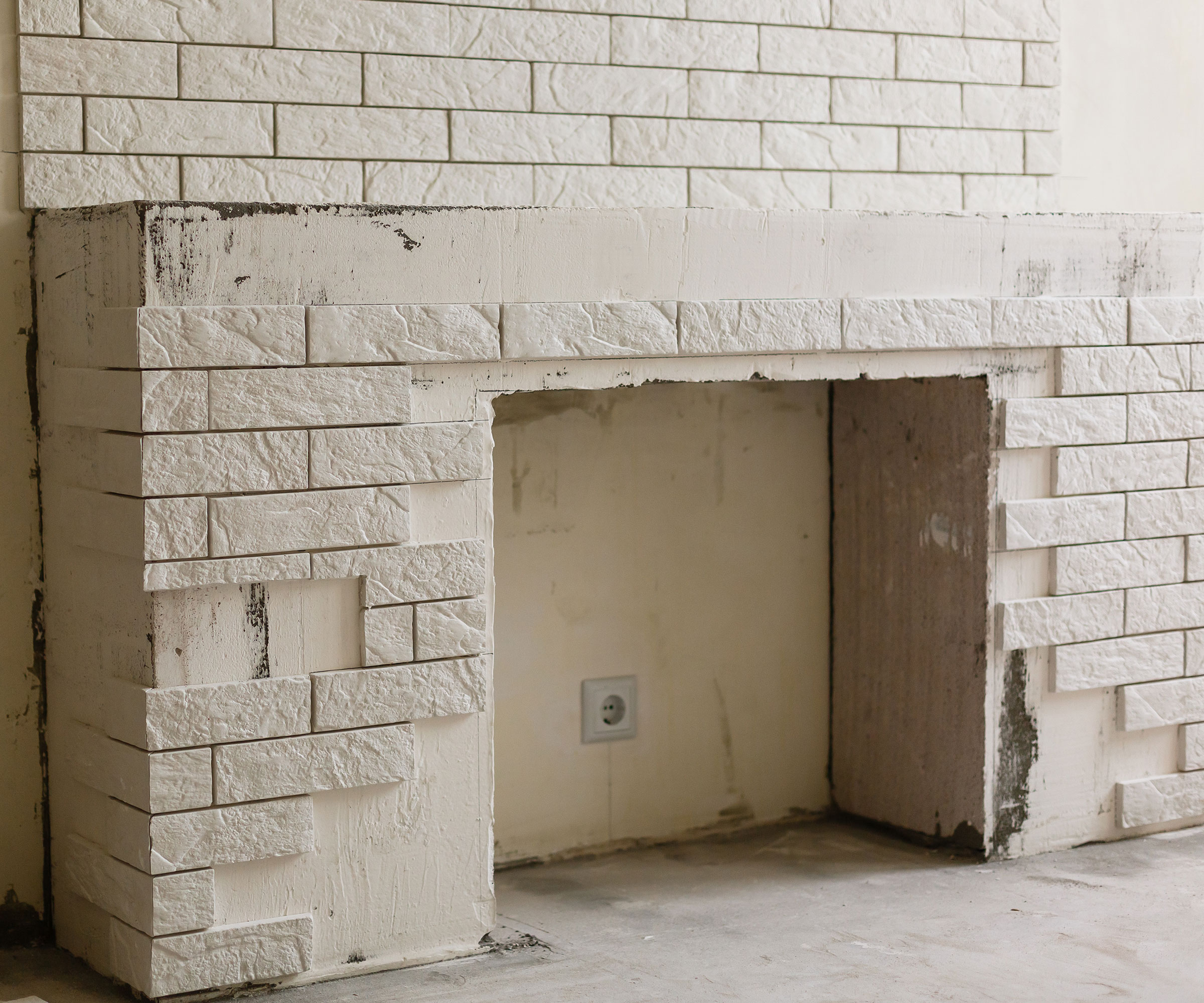

Zaeem Chaudhary, MCIAT, is director of AC Design Solution, a multidisciplinary practice delivering architecture, structural engineering, and party wall services across London and the UK.
How to block up a fireplace
Just as when opening up a fireplace, this is a job that many homeowners undertake on a DIY basis. However, to ensure that you are not causing more problems than you're solving by blocking up the fireplace, you need to understand that the job isn't just a case of bricking up the existing opening and walking away.
Bring your dream home to life with expert advice, how to guides and design inspiration. Sign up for our newsletter and get two free tickets to a Homebuilding & Renovating Show near you.
There are several steps that go into making this type of project a success so make sure you follow them closely in order to make the job worthwhile.
1. Remove the back boiler if present
When renovating an old house, you might find a back boiler within your fireplace.
"A back boiler is an old-fashioned heating system that uses heat from the fire to warm water for both domestic use and for the central heating," explains Neil Griffiths, director of Foxley Building Co. "Before blocking up the fireplace this needs to be removed, once the plumbing has been isolated and disconnected."
There is no need to remove the fireback before bricking up starts – this can simply be left in place.
Neil Griffiths is director of Foxley Building Co. and has been building, extending, converting and renovating all kinds of properties for over 30 years.
2. Don't forget about ventilation
When blocking up a fireplace you will need to ensure you incorporate some kind of ventilation. Without this you can run into all kinds of issues with damp and, eventually, mould within your old chimney.
"Inadequate ventilation eventually leads to chimney rot," warns Zaeem Chaudhary.
"In order to avoid moisture building up in the chimney space, where it collects on soot deposits, ventilation needs to be put into place," explains Neil Griffiths. "This is simple just by incorporating an airbrick as you go about bricking up the old opening."
3. Cap and sweep the chimney
You want to ensure that, after your fireplace has been blocked up, debris, bird droppings and even the birds themselves, can't find their way down the chimney and into the new void that your fireplace removal has left behind.
"Capping the chimney allows for ventilation at the same time as keeping rain, dirt etc. out," explains Neil Griffiths. "The simplest method is to fit a chimney cowl with ventilation to the top of the pot."
It is fairly rare to remove the entire chimney, but where chimney breast removal is being undertaken, specialist input will be required.
"Sometimes partial removal to the roof line is carried out," says Zaeem Chaudhary. "Full removal needs planning permission and is major structural work."
Finally, it is wise to give the chimney a final sweep before blocking up commences. Leave the damper (if there is one) in an open position for additional ventilation.
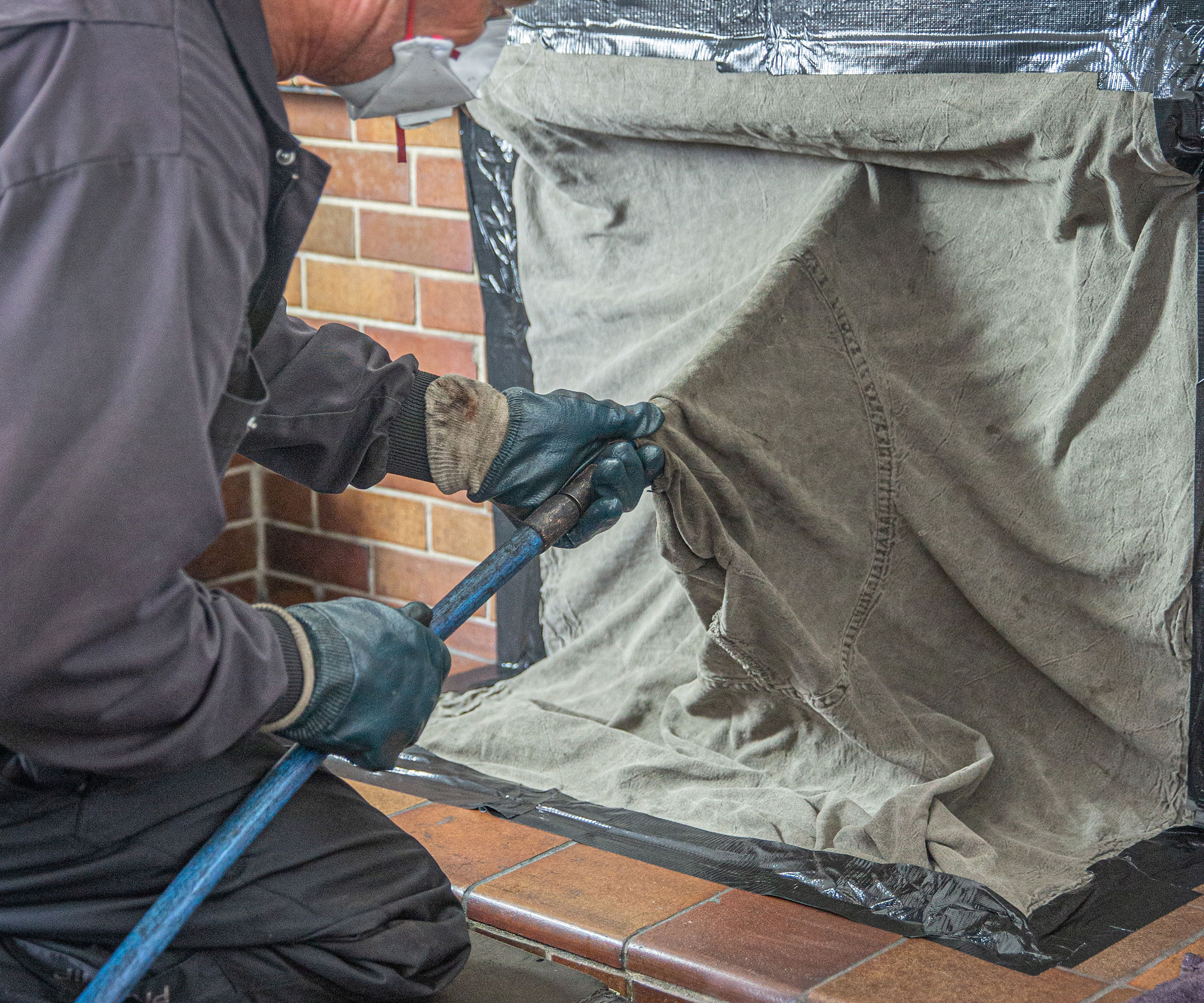
4. Brick up the opening
With the old opening clear, ventilated and clean, it is time to begin the task of bricking the fireplace up. Neil Griffiths takes us through the steps.
- Lay the first row of bricks, leaving around 1cm between each. This should give you an idea of whether you will need to cut bricks before you start. Bear in mind that each brick on the subsequent rows will need to be centred over the mortar joint of the brick below.
- Slightly dampen the brickwork surrounding the opening to make it easier for the mortar to adhere to.
- Lay the first row of bricks on a bed of mortar (made using a mixture of 4:1 sand and cement.) Remember to apply mortar to the ends of the bricks and the sides of the opening.
- Don't forget to fit the airbrick. Centrally in the third row is a good spot, or somewhere it won't be obstructed by the new skirting. It should sit a little proud of the rest of the bricks, in line with the plasterwork of the surrounding wall. Use a straight edge to help.
- When you get to the top row of bricks, if you find that full height bricks won't fit, you can use broken pieces of brick or roof tile, set within mortar, to fill the gap.
- Once the mortar has dried, the brickwork can be plastered over (avoiding the airbrick) and new skirting fitted for a tidy finish.
Shop tools for blocking up a fireplace
FAQs
Is blocking up a fireplace with plasterboard a good idea?
Some people choose to block up a fireplace using plasterboard rather than bricks. In this case, you will need to construct a timber frame around the inside of the opening, setting it back slightly, the same thickness as the board.
Screw the plasterboard to the battens (ensuring you have read up on drilling into plasterboard first) and fit a ventilator board towards the bottom. It is a good idea to add reinforcement with tape around the edges of the board, before skimming over the whole thing.
While this method is simple, bear in mind that, for larger openings, more than 600mm in width, you will need to fit an additional, central batten, to strengthen the boarding up. A bricked up opening offers a more solid solution.
Many homeowners carrying out this task also look into how to plaster a wall given the smaller nature of the task after blocking up a fireplace.
Natasha was Homebuilding & Renovating’s Associate Content Editor and was a member of the Homebuilding team for over two decades. In her role on Homebuilding & Renovating she imparted her knowledge on a wide range of renovation topics, from window condensation to renovating bathrooms, to removing walls and adding an extension. She continues to write for Homebuilding on these topics, and more. An experienced journalist and renovation expert, she also writes for a number of other homes titles, including Homes & Gardens and Ideal Homes. Over the years Natasha has renovated and carried out a side extension to a Victorian terrace. She is currently living in the rural Edwardian cottage she renovated and extended on a largely DIY basis, living on site for the duration of the project.
